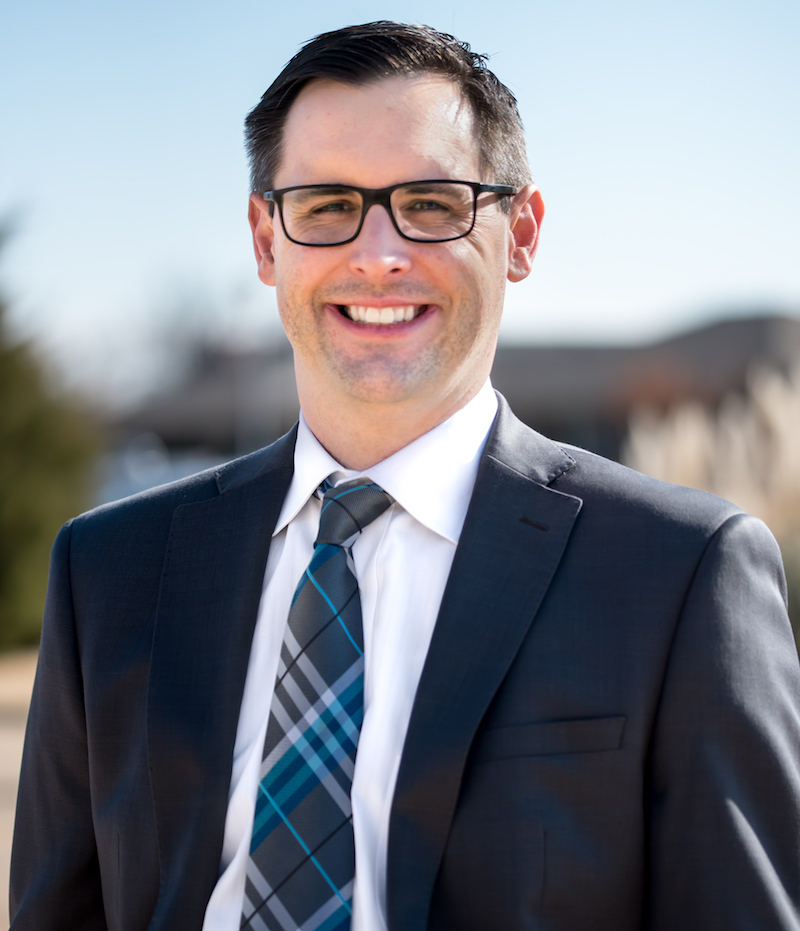Can You Discharge Student Loans in Bankruptcy? Part 1 of 2
by Luke Homen
Video Transcript:
Has the law changed around discharging student loans in bankruptcy?
According to attorney Luke Homan, the law itself hasn’t changed, but the enforcement of that law has. The U.S. Bankruptcy Code still classifies student loans as non-dischargeable unless the borrower can demonstrate undue hardship, a standard that comes from a longstanding case known as Brunner. What has shifted is how the Department of Education interprets and enforces that standard, making relief more accessible.
Read more about student loan discharge and how Convenient Bankruptcy may be able to help.
What role does the government play in the new discharge process?
Luke compared the change to the federal government’s selective enforcement of marijuana laws—while the laws remain in place, the government now chooses not to enforce them strictly. Similarly, in student loan discharge cases, the Department of Education is now willing to settle cases early, based on a structured review process rather than forcing borrowers through expensive litigation.
Why was discharging student loans so difficult in the past?
Historically, the Department of Education challenged nearly every attempt to discharge student loans, making the process adversarial, costly, and unpredictable. Borrowers had to prepare for full trials, and the legal fees often outweighed the benefit of pursuing relief. This discouraged the people who needed help most—those financially unable to pay attorneys to litigate for them.
What changed under recent administrations?
The process improvement began under President Trump, who directed then-Secretary of Education Betsy DeVos to study the issue of student loan dischargeability. The initiative was later continued and expanded under the Biden administration, which implemented clearer guidance and created a more predictable process to determine when student loans should be discharged through bankruptcy.
What is an attestation, and how does it help student loan borrowers?
Luke explained that the government now uses a 40-page document called an attestation form. This form evaluates a borrower’s case based on objective financial criteria like current income, future earning potential, and good faith repayment efforts. This allows attorneys and clients to evaluate cases numerically, greatly increasing predictability.
How does the new process make discharges more accessible?
The combination of objective metrics and the Department of Education’s willingness to settle cases early means borrowers no longer need to go through full trials. This reduces both the cost and complexity, making it possible for attorneys to serve clients who previously couldn’t afford to fight in court.
Can all student loans be discharged under this process?
Not all loans qualify. Luke clarified that only federal student loans held by the Department of Education are eligible. Private student loans and some legacy loans like FFEL loans typically do not qualify. During the initial consultation, Luke and his team conduct a detailed analysis to determine which loans are eligible and provide honest feedback on whether the client has a viable case.
What is the legal process for pursuing student loan discharge?
To begin, the borrower must file for bankruptcy—either Chapter 7 or Chapter 13. Once the bankruptcy is complete and a discharge is granted, the next step is to file a student loan adversary proceeding (SLAPP). This is a lawsuit filed within the bankruptcy case, arguing that the student loan debt should be included in the discharge.
How long does it take for the Department of Education to respond?
Luke noted that response times vary. In the past, responses could come in 3–4 months, but due to staffing shortages, it may now take 8–12 months or longer. During this time, most borrowers can enter a deferment period, avoiding collections or payments while the case is under review.
Are borrowers still responsible for payments during the legal review?
Typically, Luke advises clients who are good candidates to request loan deferment while the adversary proceeding is pending. This pause in payments allows borrowers to focus on the legal process without worrying about accruing penalties or falling behind further.
Why is this targeted relief approach effective?
Luke emphasized that bankruptcy is a case-by-case, needs-based system—unlike broad student loan forgiveness programs. The system requires substantial documentation because it is designed to identify borrowers who genuinely cannot afford repayment. This tailored approach allows the system to focus help where it’s truly needed, rather than offering blanket forgiveness.
Final thoughts from Luke on student loan discharge through bankruptcy?
Luke concluded that while the process is complicated, it is also manageable—and potentially life-changing. With clearer government guidelines, a predictable evaluation method, and the possibility of settling cases without trial, borrowers now have a realistic path to student loan relief through bankruptcy. But success requires the guidance of an attorney who understands both bankruptcy and student loan law.

Attorney Luke Homen is the President of Convenient Bankruptcy. He places great value on helping individuals and families solve their financial challenges and achieve real financial freedom. His goal is to find a customized solution that fits each client’s unique situation. Luke has been practicing law since 2008, and was voted “Best Bankruptcy Attorney in Oklahoma” by The Oklahoman in the Reader’s Choice Awards.
